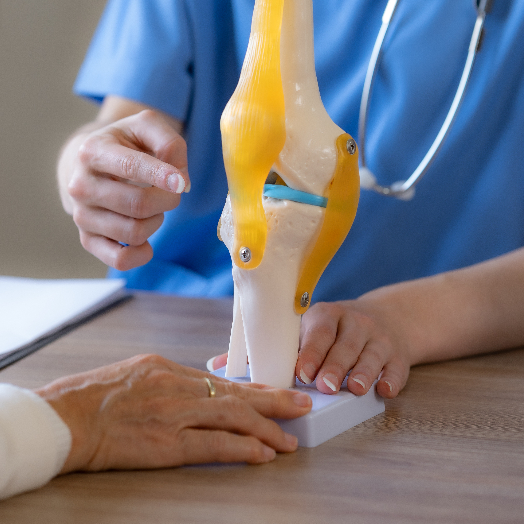Risk factors for OA include age, obesity, joint injuries, and genetics. Symptoms may include pain, stiffness, swelling, and decreased range of motion in the affected joints. As OA progresses, it can cause significant pain and disability, making it difficult to perform daily activities.
There is currently no cure for OA, but there are a variety of treatments that can help to alleviate symptoms and slow the progression of the disease. These may include:
- Lifestyle modifications: Maintaining a healthy weight, exercising regularly, and avoiding activities that put excessive strain on the joints can help to reduce pain and improve function.
- Medications: Over-the-counter pain relievers such as acetaminophen and nonsteroidal anti-inflammatory drugs (NSAIDs) can help to reduce pain and inflammation. In severe cases, prescription medications may be recommended.
- Physical therapy: Exercises and other physical therapies can help to improve strength, flexibility, and range of motion in the affected joints.
- Joint injections: Corticosteroid injections or viscosupplementation injections (hyaluronic acid) can help to reduce pain and improve joint function.
- Surgery: In severe cases, joint replacement surgery may be recommended to replace the damaged joint with a prosthetic joint.
